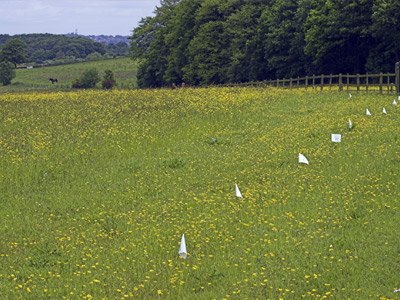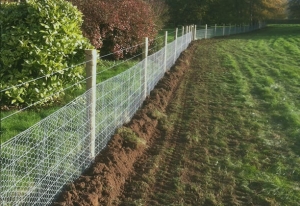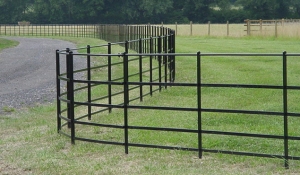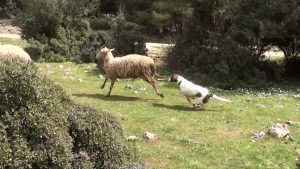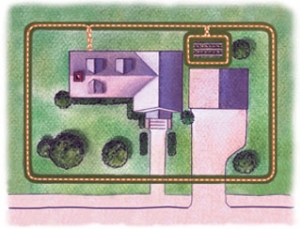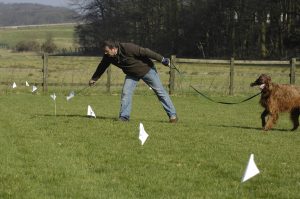Training Your Dog to an Electronic Fence: A Positive Approach to Pet Safety
{
“@context”: “https://schema.org”,
“@type”: “Article”,
“headline”: “Training Your Dog to an Electronic Fence: A Positive Approach to Pet Safety”,
“image”: “https://dogfence.co.uk/wp-content/uploads/2018/10/ward-training-dog-caroline.jpg”,
“author”: {
“@type”: “Organization”,
“name”: “DogFence Ltd”
},
“publisher”: {
“@type”: “Organization”,
“name”: “DogFence Ltd”,
“logo”: {
“@type”: “ImageObject”,
“url”: “https://dogfence.co.uk/wp-content/uploads/2021/09/dogfence-logo.png”
}
},
“datePublished”: “2025-05-10”,
“dateModified”: “2025-05-10”,
“description”: “Training your dog to an electronic dog fence is an essential part of using any dog containment system. At DogFence Ltd, we offer professional and self-install kits, with full guidance and training to ensure your dog understands their boundaries and stays safely contained.”,
“mainEntityOfPage”: “https://dogfence.co.uk/posts/training-your-dog-to-an-electronic-fence-a-positive-approach-to-pet-safety/”,
“review”: {
“@type”: “Review”,
“author”: {
“@type”: “Person”,
“name”: “Edward Trewhella”
},
“datePublished”: “2024-06-05”,
“reviewBody”: “This company are top rank. They quoted over the phone, a gentleman came and installed the cable around a large area and trained the wayward dog to beware it. He was excellent with all our four dogs and extremely nice and helpful – he had also come a long way to install our system – in Cornwall. Since then the fence has worked fantastically with the dog hearing the audible warning and as far as we know has never even been ‘zapped’ such was the excellent training given by the installer. All in all a truly excellent experience, superlatives fail me.”,
“name”: “Excellent Training and Service”
},
keywords”: “electronic dog fence, dog fence training, self-install dog fence, pet containment, dog safety, dog training
}
Training Your Dog to an Electronic Fence: A Positive Approach to Pet Safety
Training your dog to an electronic dog fence is an essential part of using any dog containment system. Whether you have a professionally installed fence or a self-installed dog fence, proper training ensures your pet understands their boundaries and stays safely contained. At DogFence Ltd, we provide on-site training with all our professional installations, and offer full guidance for self-install kits, so your dog can be trained safely and successfully.
Why is training so important?
An electronic dog fence works by sending a radio signal through a wire placed around the boundary of your property. Your dog wears a small receiver collar which emits a warning tone as they approach the boundary. If they ignore the tone and continue forward, they receive a mild static impulse—enough to discourage them from crossing the line, but not strong enough to cause harm.
However, dogs don’t instinctively understand these signals. Without training, they may become confused or anxious, or simply ignore the warnings. That’s why the training process is so vital—it teaches your dog to understand the audio warning and to respond by retreating to the safe area.
Positive, dog-friendly training methods
We believe in kind, clear, and consistent training. Our methods are based on decades of experience and are designed to suit all dog breeds and temperaments. Here’s what makes our training so effective:
- Gentle introduction: We start with visual cues (white training flags) and lead training before introducing the collar.
- Step-by-step approach: Training is phased over several days so your dog can build confidence at their own pace.
- Calm environment: We always begin training when the dog is relaxed and focused.
- Owner involvement: You play a key role in reinforcing good behaviour with praise and encouragement.
What to expect on installation day
If you choose a professionally installed system, one of our experienced trainers will guide you and your dog through the first training session. We’ll walk the boundary together, introduce the audio tone, and demonstrate how to guide your dog back to safety.
We also explain how to read your dog’s behaviour and how to build up off-lead confidence over the coming days. Most dogs learn the system within just a few sessions.
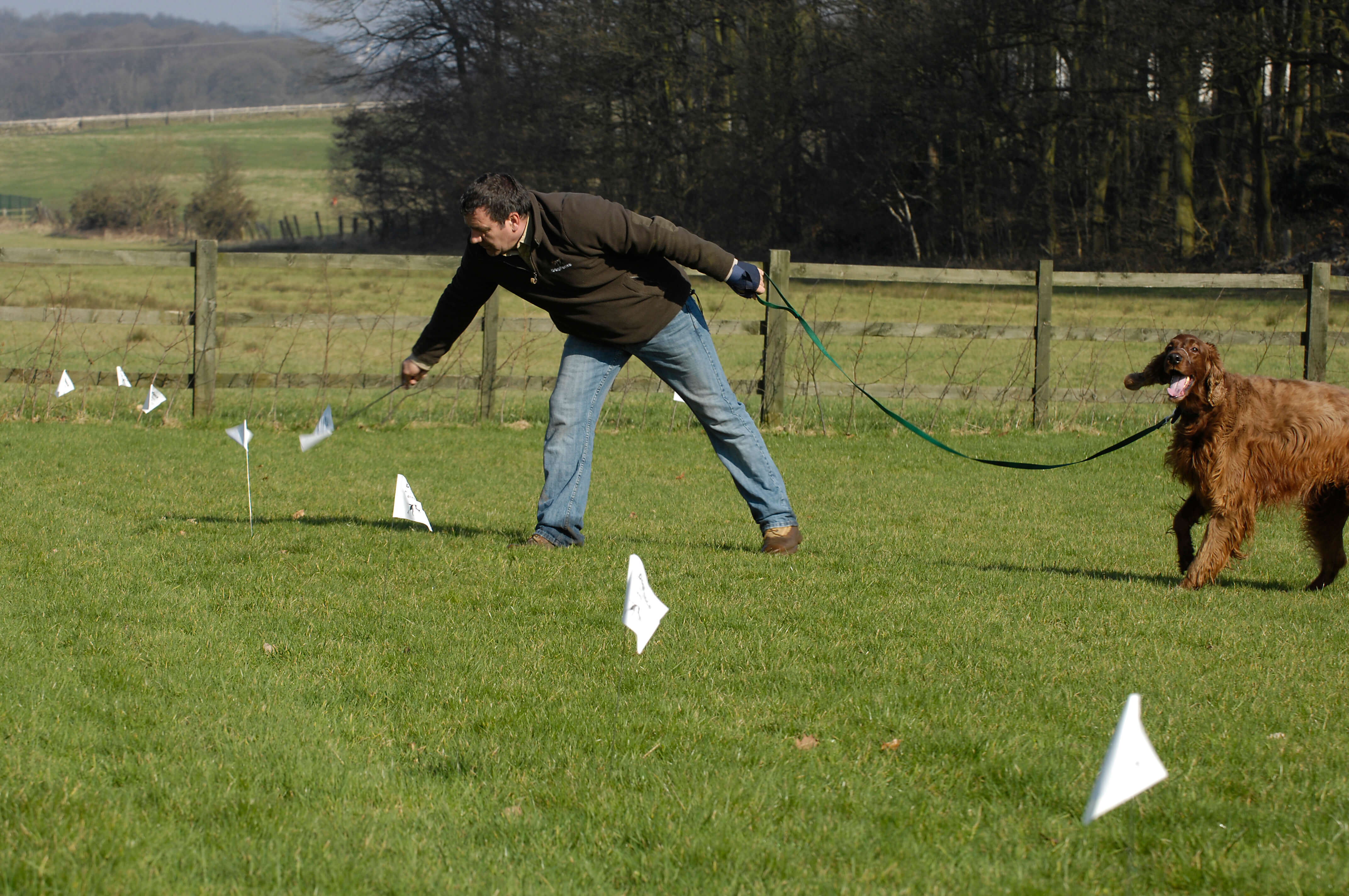
Dog in training to the electronic dog fence
Self-install kits: Can I train my dog myself?
Yes! Our self-install kits include comprehensive training guides, videos, and access to expert support. We’ll talk you through how to set up the system, fit the collar, and train your dog in a safe and structured way. Many owners choose this option and achieve excellent results.
The key is consistency—train your dog every day for short sessions, use clear commands and plenty of praise, and don’t rush the process.
Common training challenges (and how to overcome them)
- My dog ignores the tone: Ensure the collar is fitted snugly and that you’re reinforcing the warning with leash guidance in the early stages.
- My dog is nervous: Go slowly. Reassure your dog and use high-value treats and gentle praise to build confidence.
- Multiple dogs: Train each dog individually before letting them out together. This helps avoid distraction and builds understanding.
What Our Customers Say
At DogFence Ltd, we pride ourselves on delivering exceptional service and training for every pet. Here’s what one of our customers had to say about their experience:
“This company are top rank. They quoted over the phone, a gentleman came and installed the cable around a large area and trained the wayward dog to beware it. He was excellent with all our four dogs and extremely nice and helpful – he had also come a long way to install our system – in Cornwall. Since then the fence has worked fantastically with the dog hearing the audible warning and as far as we know has never even been ‘zapped’ such was the excellent training given by the installer. All in all a truly excellent experience, superlatives fail me.”
– Edward Trewhella
We are proud to help pet owners across the UK, and this feedback is just one example of the great experiences our customers have with us. If you’d like to learn more about our systems or book an installation, don’t hesitate to get in touch.
A lasting result
With proper training, your dog will learn to stay within the boundaries—even without wearing the collar. It becomes a habit, a part of their understanding of the home environment. That means freedom for your dog and peace of mind for you.
Thousands of families across the UK trust DogFence to protect their pets. If you’re thinking about installing a dog fence, or if you’re unsure how to train your dog to an existing system, get in touch with us—we’re happy to help. Electronic pet fencing has been safely used for over 50 years but in the UK it is still relatively unheard of – read what the US Pet Meds say about electronic pet fences.
Call us on 01628 476060 or email info@dogfence.co.uk. We’re here to help you every step of the way.


